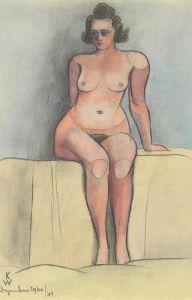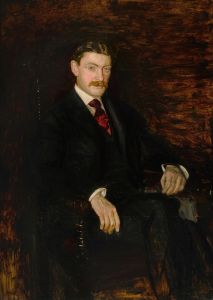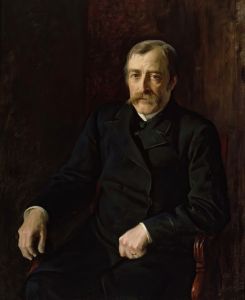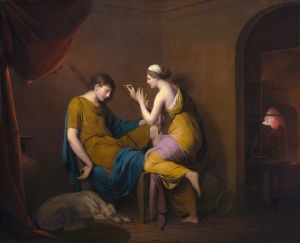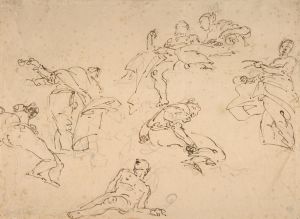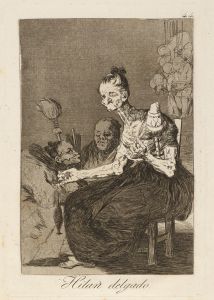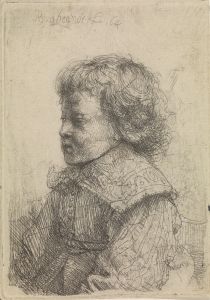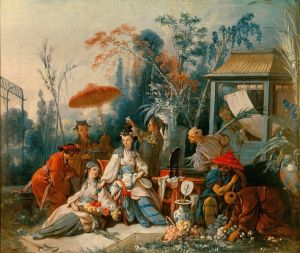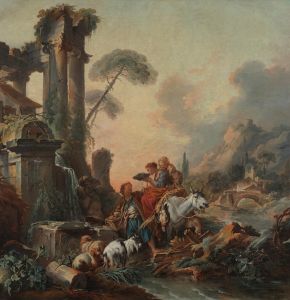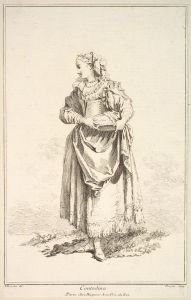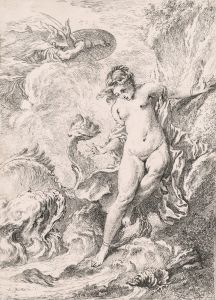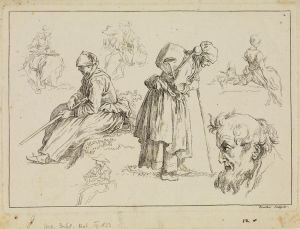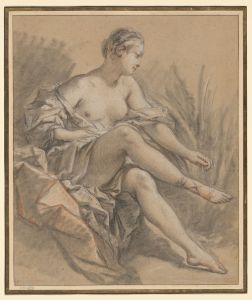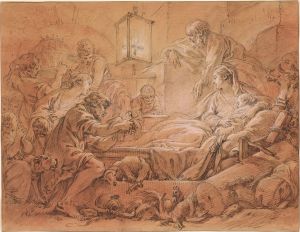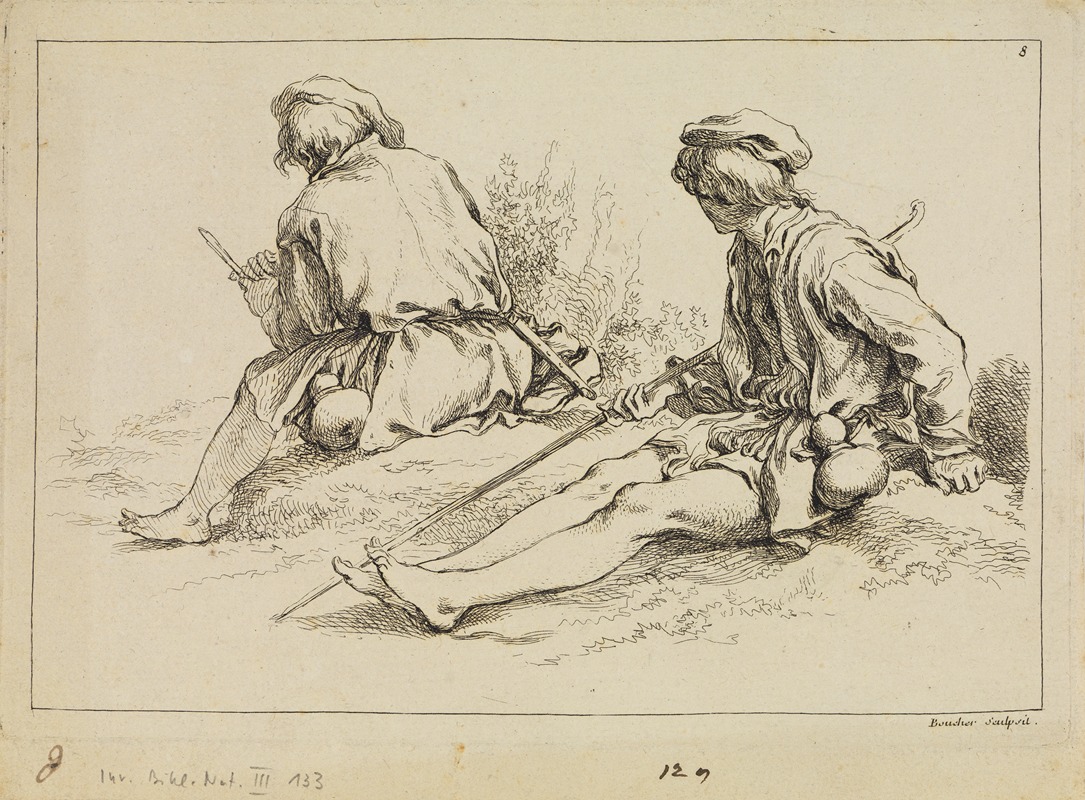
Figure studies
A hand-painted replica of François Boucher’s masterpiece Figure studies, meticulously crafted by professional artists to capture the true essence of the original. Each piece is created with museum-quality canvas and rare mineral pigments, carefully painted by experienced artists with delicate brushstrokes and rich, layered colors to perfectly recreate the texture of the original artwork. Unlike machine-printed reproductions, this hand-painted version brings the painting to life, infused with the artist’s emotions and skill in every stroke. Whether for personal collection or home decoration, it instantly elevates the artistic atmosphere of any space.
François Boucher, a prominent French painter of the Rococo style, is renowned for his idyllic and voluptuous depictions of classical themes, decorative allegories, and pastoral scenes. One of his notable works, "Figure Studies," exemplifies his mastery in capturing the human form with elegance and grace. Boucher was born in Paris on September 29, 1703, and became a leading figure in the art world during the 18th century. His works were highly sought after by the French aristocracy and he enjoyed the patronage of influential figures such as Madame de Pompadour, the chief mistress of King Louis XV.
"Figure Studies" by François Boucher is a drawing that showcases his skill in rendering the human anatomy with fluidity and precision. The piece is a study, meaning it was likely created as a preparatory work for a larger painting or as an exercise to refine his technique. Boucher's figure studies often feature nudes, capturing the natural beauty and sensuality of the human body, which was a hallmark of the Rococo aesthetic. These studies were essential for Boucher's larger compositions, as they allowed him to experiment with poses, lighting, and the intricate details of the human form.
Boucher's technique in "Figure Studies" involves the use of chalk, often in red, black, or white, on tinted paper. This method allowed him to create a range of tones and textures, giving his figures a three-dimensional quality. The lines are fluid and confident, demonstrating his deep understanding of anatomy and movement. The figures in his studies are often depicted in dynamic poses, with a sense of motion and vitality that brings them to life on the paper.
The Rococo period, during which Boucher created "Figure Studies," was characterized by its lightness, elegance, and playful themes. This artistic movement emerged in early 18th century France and was a reaction against the grandeur and strictness of the Baroque style. Rococo art is known for its use of pastel colors, asymmetrical designs, and themes of love, nature, and frivolity. Boucher's work epitomizes these qualities, and his figure studies are no exception. They reflect the period's fascination with beauty, sensuality, and the human experience.
François Boucher's influence extended beyond his lifetime, as his works continued to inspire artists and collectors. He held prestigious positions, such as the First Painter to the King and the director of the Royal Academy of Painting and Sculpture. His contributions to the arts were recognized and celebrated, and his legacy endures through his extensive body of work.
"Figure Studies" remains an important example of Boucher's artistic prowess and his contribution to the Rococo movement. It provides insight into his creative process and his ability to capture the essence of the human form with elegance and sophistication. Today, Boucher's works, including his figure studies, are held in high regard and can be found in major museums and collections around the world, continuing to be admired for their beauty and technical excellence.





